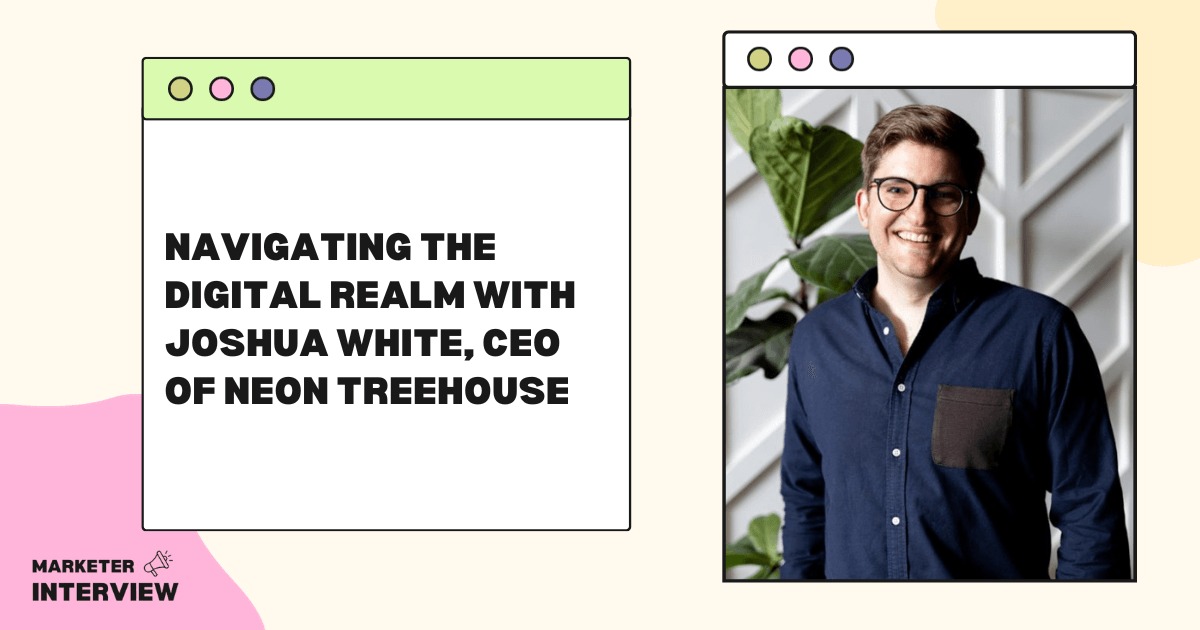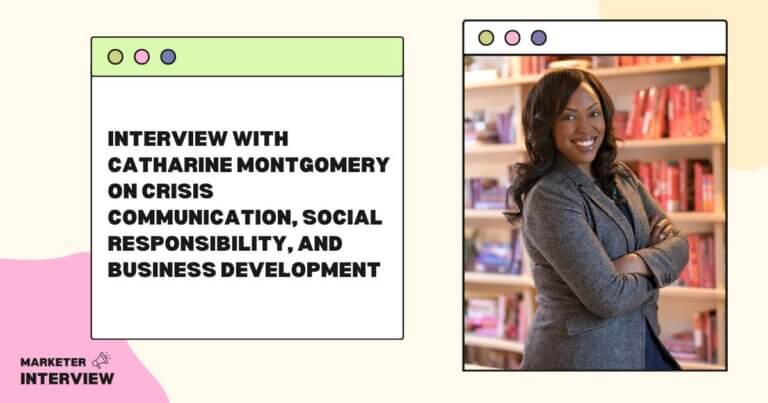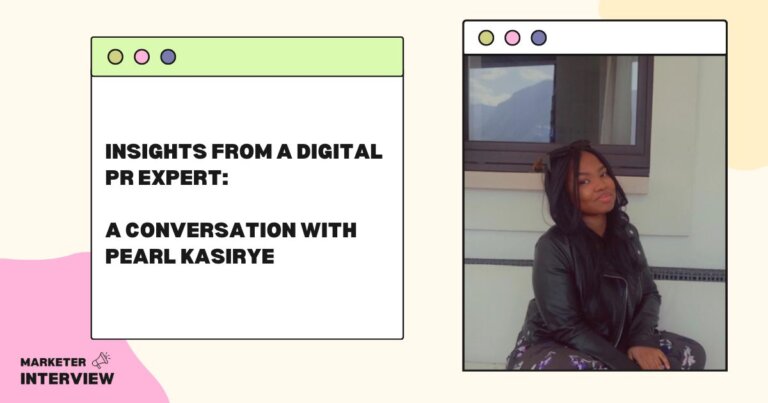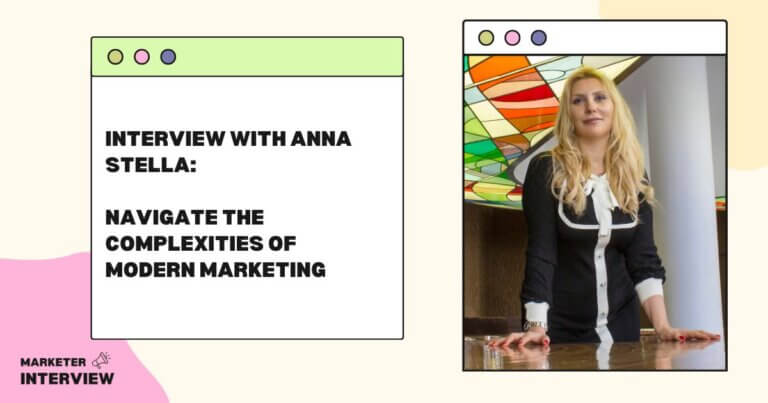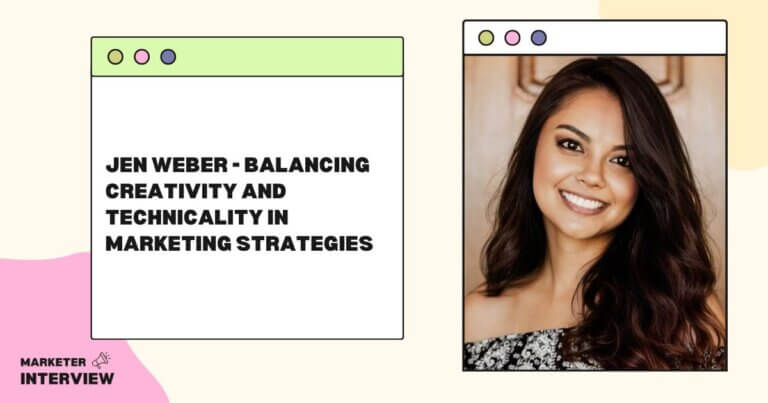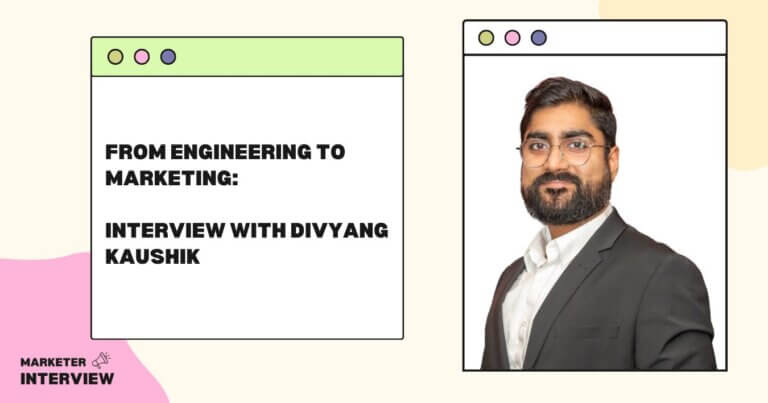Navigating the Digital Realm with Joshua White, CEO of Neon Treehouse
Welcome to another insightful edition of Marketer Interview!
Today, we are thrilled to have Joshua White, the CEO of Neon Treehouse, a marketing expert known for his prowess in social and digital advertising. Joshua’s expertise spans diverse sectors, including crowdfunding, ecommerce, education, professional services, building and construction, and tech.
Join us as we delve into his journey, experiences, and the nuanced strategies that have fueled his success.
Contents
- 1 Can you share how you first ventured into marketing and what sparked your interest in social and digital advertising?
- 2 Your role as a CEO is multifaceted. How do you balance leadership responsibilities with staying hands-on in social and digital ads?
- 3 In your dynamic career, spanning various industries, what unique challenges and opportunities have you encountered in tailoring marketing strategies for crowdfunding, ecommerce, education, and more?
- 4 What key lessons have you learned from your experiences in marketing across such diverse sectors, and how have these lessons shaped your approach to new projects?
- 5 Could you walk us through a particularly challenging campaign you worked on and how you navigated obstacles to achieve success?
- 6 How do you stay ahead of trends in the ever-evolving digital advertising landscape and ensure your strategies remain innovative and influential?
- 7 Given your extensive work in tech, how do you leverage emerging technologies to enhance the impact of your marketing efforts?
- 8 Can you share insights into the role of social and digital advertising in the building and construction industry and how it differs from other sectors you’ve worked in?
- 9 Considering the vast array of projects you’ve handled, are there specific metrics or KPIs you prioritize to measure the success of your campaigns?
- 10 What tools and software do you find indispensable in your role, and how do they contribute to the efficiency and effectiveness of your marketing initiatives?
- 11 What advice would you offer for aspiring marketers looking to excel in social and digital advertising based on your journey and achievements?
My first venture into marketing was at uni after finishing my Psychology degree. I did consumer behavior and fell in love with the topic!
From there, as I was finishing my Marketing Degree, I realized that to get a job, I needed to prove I could do a good job! So, I set up an agency to show I could get business, look after clients, and do creative work… I guess I never really got that first job in the end! I loved the journey so much that I just continued building the business!
It’s tough. However, I’ve got a deep passion for our work, which makes it easier to want and be willing to get my hands dirty. I can stay on top of trends and markets by being close to our work.
Now, as a team of 25, we have teams who handle all the deep work we do for our clients, and I take my role as CEO to lead the company into a great future very seriously.
In saying that, many of my decisions and understandings of what we do have come from staying close to work, and with this, I intend to keep making sure every day I’m getting a little into the weeds of Neon Treehouse so that I don’t look too far into the stars!
To date, I’ve been balancing the two, but balance needs to be constantly looked after and kept in check to ensure consistency. Consistency makes it so effective, as there is always a headspace for both.
In your dynamic career, spanning various industries, what unique challenges and opportunities have you encountered in tailoring marketing strategies for crowdfunding, ecommerce, education, and more?
The challenge we should overcome would be to continue to be creative in our thinking despite creating a factory line of sameness in our work.
In being agnostic to industry and company type, it has been easy to tailor marketing strategies for them. Why? Our process has always been to open our eyes and connect the dots of what we know today, what we learn about the client, and the trends we see in the world around us.
From here, we then start to create and implement marketing strategies. This minimizes our assumed knowledge and keeps our databases of reference and sources of truth to be more siloed for each project.
The challenge is keeping costs down because our thinking isn’t always duplicated across projects. But we believe this helps our clients get the results they get. I think this is an edge for us.
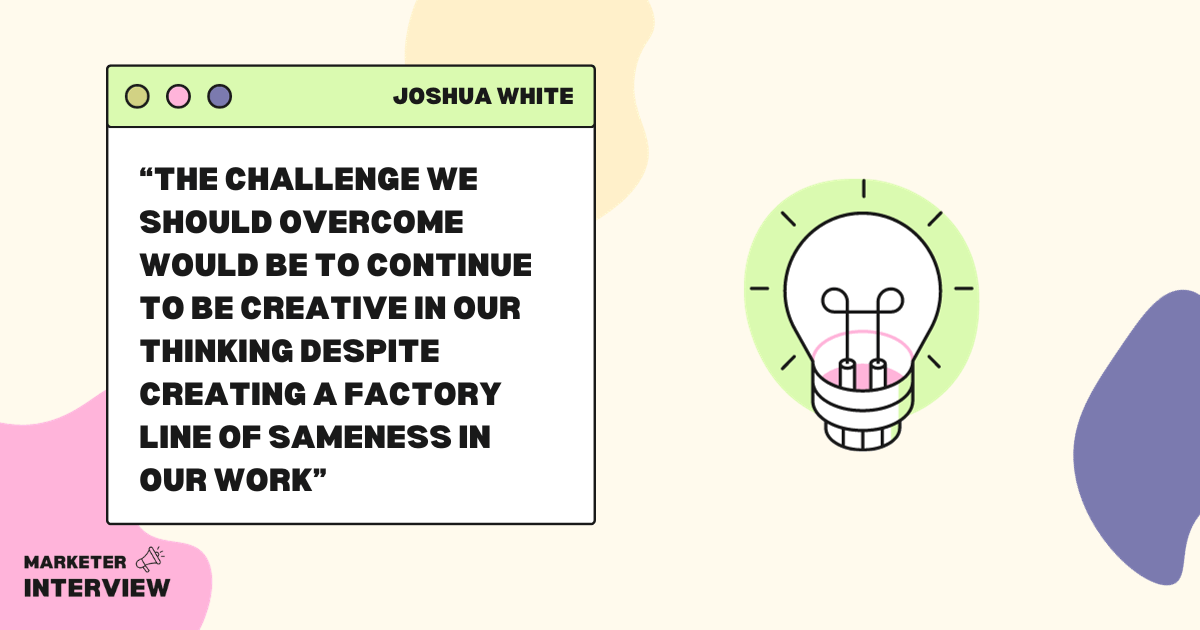
What key lessons have you learned from your experiences in marketing across such diverse sectors, and how have these lessons shaped your approach to new projects?
The biggest lesson has been that even though business is so diverse, many things can be implemented across many that just work. A lot of startups are looking to revolutionize marketing and product.
Our take on this is to focus on clear marketing for a revolutionary product before we start pushing the envelope. Despite what I said in the answer above about the opportunities for tailor-made marketing solutions, I think that not accepting good marketing strategies because it feels like they’ve been done before is not a strategic approach.
The other big lesson I learned is how a big brand impacts results. You can hack your way through a launch, but at the end of the day, time in the market with a clear and strong marketing message goes a long way, almost every time.
Most campaigns either start challenging or become challenging. If they start challenging, it’s because there is something immediate to solve. For those that become challenging, initial efforts show promising signs of life, but ultimately, as you continue to scale, there will always be a challenge on the growth journey at every stage.
It’s my long way of saying every campaign should have challenges and obstacles unless the client is happy with keeping a status quo, which can even have challenges.
The core question comes down to how we overcome it. What gets in the way of most problems is simply doing what the significant platforms tell you to do.
For example, Meta is currently pushing its Advantage+ product, which is suitable for most but not all. Often, we find that clients are using what they were told, and they fit into the percentage of people who just don’t get the value from these campaigns alone or that the problem for them is beyond performance configuration.
So, our solution is always to look up and up again! Seeking a high vantage point to solve your problem often lends to seeing something beyond the nitty gritty implementation configuration, which usually has a more significant impact on the campaign results than finding the 1 – 5% improvement options.
How do you stay ahead of trends in the ever-evolving digital advertising landscape and ensure your strategies remain innovative and influential?
It’s essential to remember that most social media trends come from broader activity in the market. Don’t just look at what the industry tabloids are saying. For me, I think if you can calibrate learnings between:
- Industry News
- World / Local News
- Economic and Market Indicators
- Thought leaders
- Platform usage
- Our campaigns and the data and insights from them
The boiling pot of perspective across these can help you make connections that may not have been so clear without the various vantage points.

Given your extensive work in tech, how do you leverage emerging technologies to enhance the impact of your marketing efforts?
Of course, there is always new tech to jump in on. We’ve found though that a lot of opportunities are perhaps too emerging. While technically, it could save time, the technology’s bugs and errors may impact our clients’ customer experience.
We test and try regularly in low-stake environments before cautiously opening to a few client accounts strategically chosen based on the tech, followed by a full rollout to the relevant projects.
There are a lot of shiny balls and promises out there, so my advice is to be cautious. There is also a lot of tech that promises to save time. Still, the time saved for the stage of business that people are at may mean they are throwing their money away for the good of using tech, not the acceleration opportunity it provides. Be cautious about the what and the when of leveraging emerging technologies.
The building and construction industry is a very brand and lead-gen-focused environment. Most of the interactions in this space have been about how many extra leads we can get.
For those who do it well, though, they see the brand opportunity and the minimized need to connect efforts to specific leads, knowing that it’s all helping and that the sum of all parts is what ultimately keeps the pipeline full.
I think that in building and construction, it’s usually pretty competitive. With the building and construction market, as it has been, particularly here in Australia, management of lead pipeline and project completion has been attractive for these companies.
At the end of the day though, the building and construction industry is focused on the numbers and lead volume for their sales reps mostly because they understand how the business gets fed and, historically, what has worked well for the business in generating leads.
We’ve seen many industries play digital marketing in different ways across different platforms and their messaging strategies. For building and construction, we’ve found that the industry, to a degree, has its tried and tested way, and many companies focus on the same things. Those willing to experiment beyond what’s worked in the past will find great wins and opportunities, especially as the social and digital landscape changes over the coming years.
Considering the vast array of projects you’ve handled, are there specific metrics or KPIs you prioritize to measure the success of your campaigns?
The final conversion or target KPI is all we care about. Regarding ads, your results will change based on the chosen optimization type. So, there could be a better deal of value in focusing on engagement rate with a conversion campaign, for example.
With that said, each stage of a funnel or flywheel will require different results, too, so it’s not all about the end conversion of a sale or lead, for example.
I know this is a vague answer, but essentially, no one KPI rules them all when it comes to a campaign, as it’s so specific to the campaign’s goals. However, if you want conversions to leads, run a campaign to generate leads, not traffic of engagement! The platforms will adjust the who, when, and how ads are placed.
What tools and software do you find indispensable in your role, and how do they contribute to the efficiency and effectiveness of your marketing initiatives?
The tools we use a lot of are your Google Suite of GA4, GSC, GTM, etc. We also use COR for project management, which is a game changer. Later is our social scheduling platform. Ads are primarily managed directly on the platform for complete customization and data analysis! There is a myriad of tools we’d use for SEO also.
This is a tricky question as each marketing activity has its own suite.
We use Dashthis to connect the dots and showcase campaign results to clients, though! This is a component of value to us.
My main advice is understanding best practices, learn from real-life case studies and reverse engineering campaigns, and put this all to the test in your efforts. Then, based on the results, challenge the best practices you see and the case studies you’ve found, as these are just examples, not the only way to do things. Once you understand the sandpit you’re playing in, you’ll know how to break, mold, and alter.
